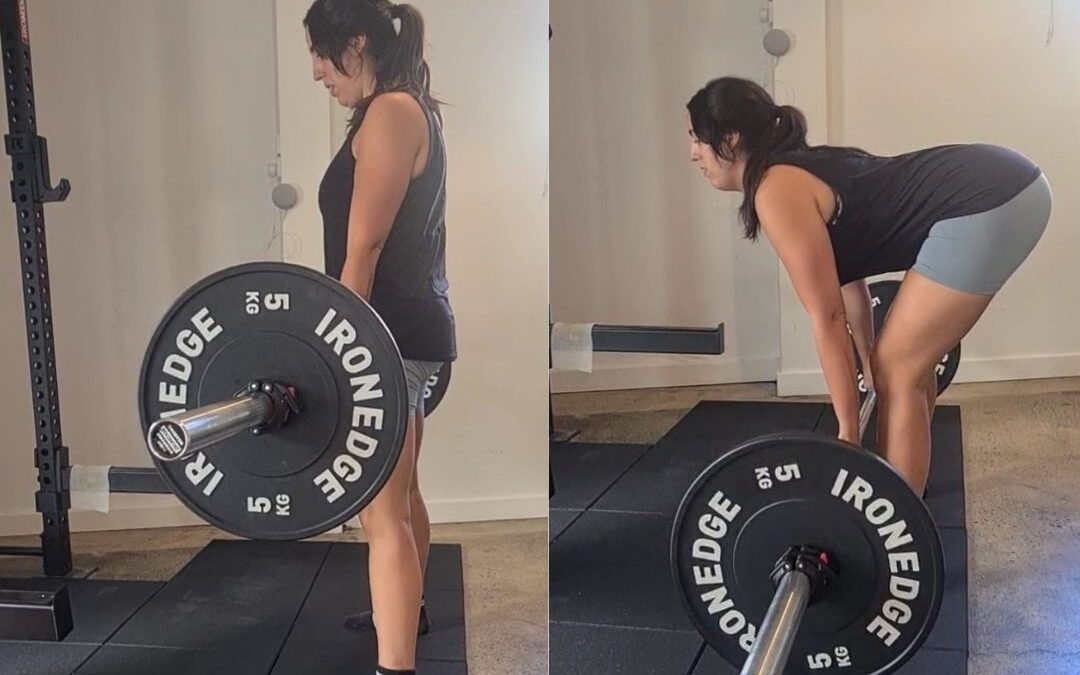Stretching Vs. Strength Training
People love to stretch! It makes us feel freer, more flexible, and can help relieve pain. However, in general, it doesn’t improve our flexibility (or resilience to injury) that much! Why?
Let’s squash a common belief first: how flexible some is or isn’t is not a measure of how at risk we are to injury, or how athletic or fit we are[1][2][3].
So why do so many people use stretching in day-to-day life? Why do athletes stretch routinely?
Stretching is done with the aim to help improve your flexibility and warm our muscles and joints up for sporting activities and reduce the risk of pulling or tweaking something. Research has dictated that this may not be the case, but if people believe this is working for them, should they stop?
No, you don’t have to stop stretching! Just don’t believe that this is the only way to become more flexible or resilient to injury. Stretching really isn’t detrimental to many things, unless you are stretching active tendon injuries in the achilles, anterior knees or glutes (which can further irritate the tendon tissues)[4].
So why does stretching feel good?
Stretching appears to improve our flexibility in the short term by increasing our tolerance to the “stretch sensation”. This is desensitising our muscle fibres to the stretch reflex[5].
Does stretching lengthen our muscle fibres?
Not unless we are applying a massive amount of stretching force to our muscles for a significant amount of time[6]. This indicates that fad exercise trends like stretching studios, or other class-based methods like pilates do not help improve our flexibility of our muscles or joints.
How do I improve my flexibility then?
Through a process called sarcomerogenesis – a fancy way of saying improving muscle length. Evidence suggests this can only really be achieved through loading a muscle (via strength training) through its full range of motion. So heavy, slow muscle contractions that stretch and strengthen our muscles are the way to go. Exercises with a slow eccentric component like Russian deadlifts, Nordic curls, Jefferson curls, pull ups (to name a few) can help with improving our muscle length and subsequently our joint range of motion. This also improves our strength! A recent review of the literature comparing strength exercises and stretching has proven that strengthening is as, if not more, effective than stretching for improving flexibility[7]. In fact, eccentric strength training can even help prevent injury[8].
In summary:
Stretching is OK to do! However, it doesn’t improve our flexibility or prevent injury. The best way to do improve flexibility and resilience to injury is through slow, eccentric, heavy strength training!
[1] Nuzzo J. L. (2020). The Case for Retiring Flexibility as a Major Component of Physical Fitness. Sports medicine (Auckland, N.Z.), 50(5), 853–870. https://doi.org/10.1007/s40279-019-01248-w
[2] Baxter, C., Mc Naughton, L. R., Sparks, A., Norton, L., & Bentley, D. (2017). Impact of stretching on the performance and injury risk of long-distance runners. Research in sports medicine (Print), 25(1), 78–90. https://doi.org/10.1080/15438627.2016.1258640
[3] Yeung, S. S., Yeung, E. W., & Gillespie, L. D. (2011). Interventions for preventing lower limb soft-tissue running injuries. The Cochrane database of systematic reviews, (7), CD001256. https://doi.org/10.1002/14651858.CD001256.pub2
[4] Docking, S., Samiric, T., Scase, E., Purdam, C., & Cook, J. (2013). Relationship between compressive loading and ECM changes in tendons. Muscles, ligaments and tendons journal, 3(1), 7–11. https://doi.org/10.11138/mltj/2013.3.1.007
[5] Weppler, C. H., & Magnusson, S. P. (2010). Increasing muscle extensibility: a matter of increasing length or modifying sensation?. Physical therapy, 90(3), 438–449. https://doi.org/10.2522/ptj.20090012
[6] Freitas, S. R., & Mil-Homens, P. (2015). Effect of 8-week high-intensity stretching training on biceps femoris architecture. Journal of strength and conditioning research, 29(6), 1737–1740. https://doi.org/10.1519/JSC.0000000000000800
[7] Afonso, J., Ramirez-Campillo, R., Moscão, J., Rocha, T., Zacca, R., Martins, A., … Clemente, F. M. (2021, January 14). Strength training is as effective as stretching for improving range of motion: A systematic review and meta-analysis. https://doi.org/10.3390/healthcare9040427
[8] van Dyk, N., Behan, F. P., & Whiteley, R. (2019). Including the Nordic hamstring exercise in injury prevention programmes halves the rate of hamstring injuries: a systematic review and meta-analysis of 8459 athletes. British journal of sports medicine, 53(21), 1362–1370. https://doi.org/10.1136/bjsports-2018-100045
Do you have any questions?
Call us on (03) 9857 0644 or (07) 3505 1494 (Paddington)
Email us at admin@mdhealth.com.au
Check out our other blog posts here
Our clinical staff would be happy to have chat if you have any questions.



